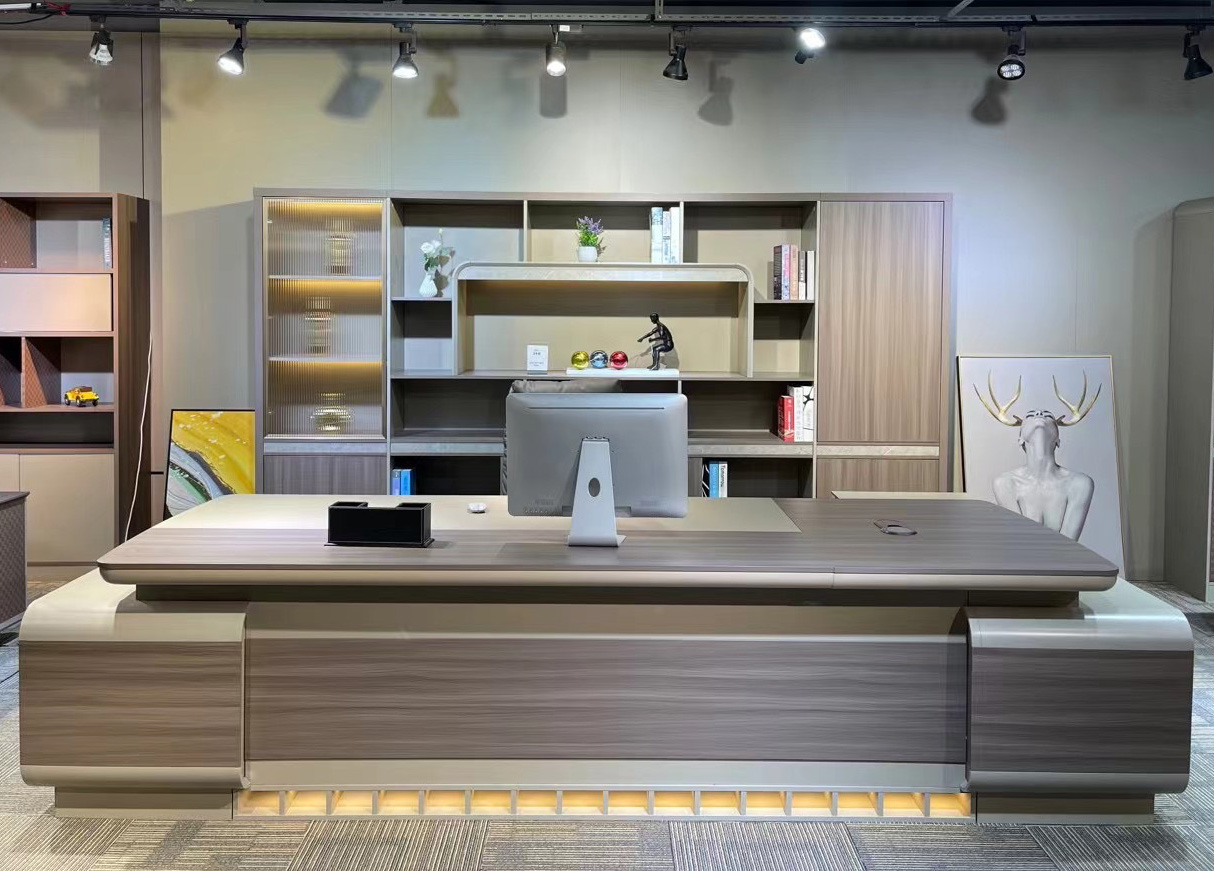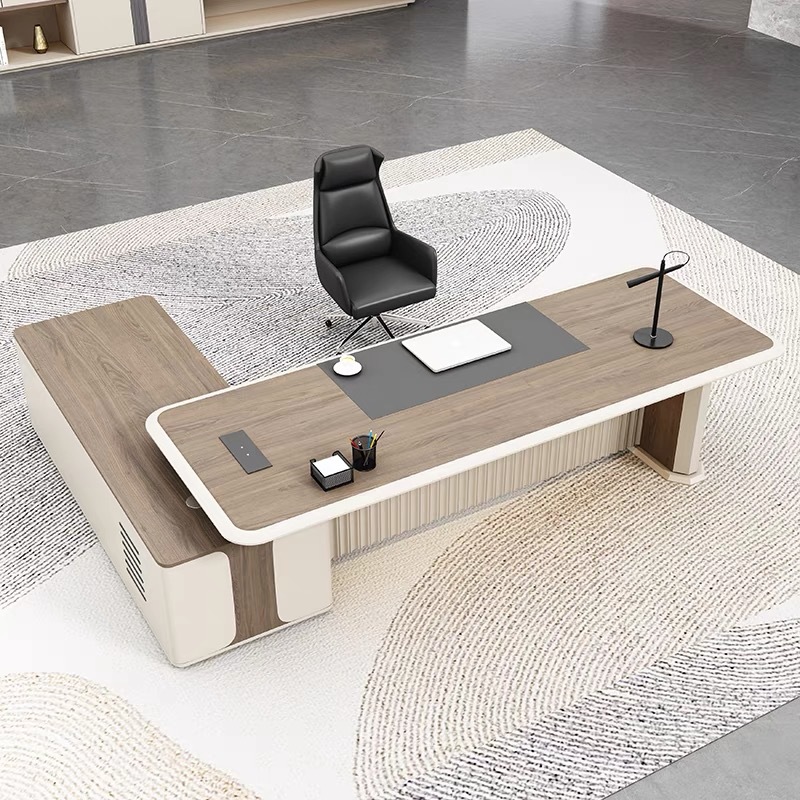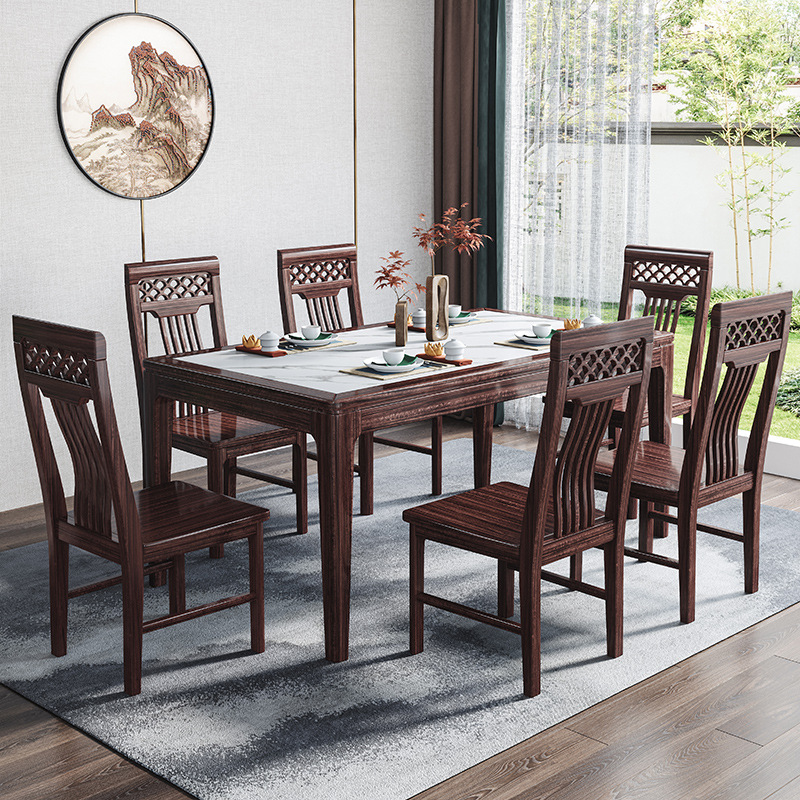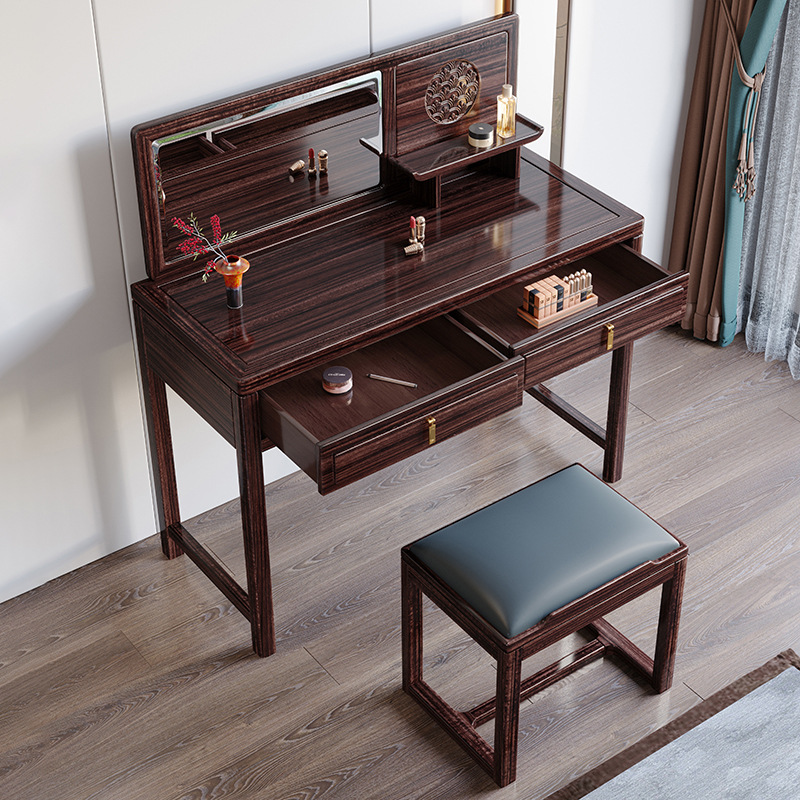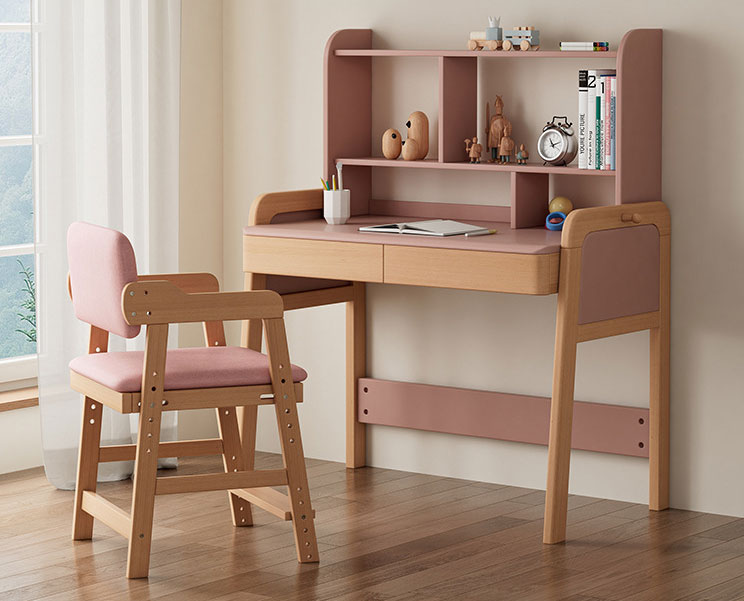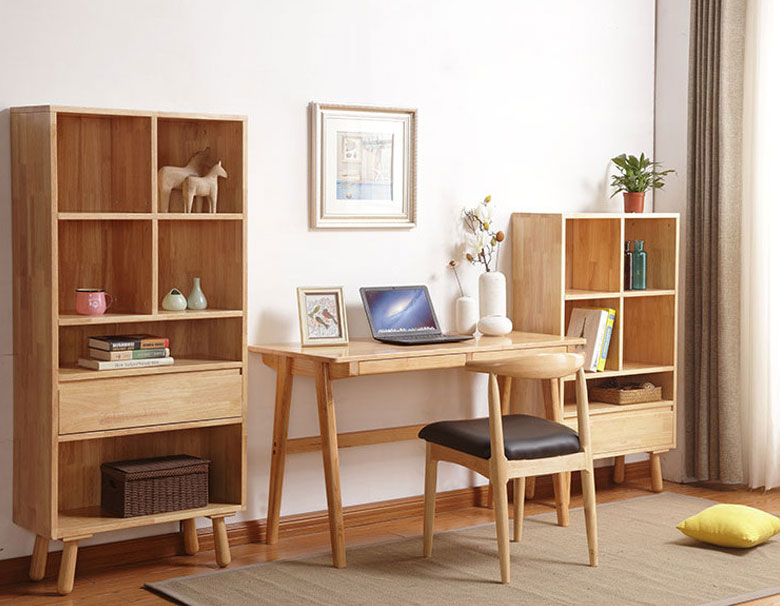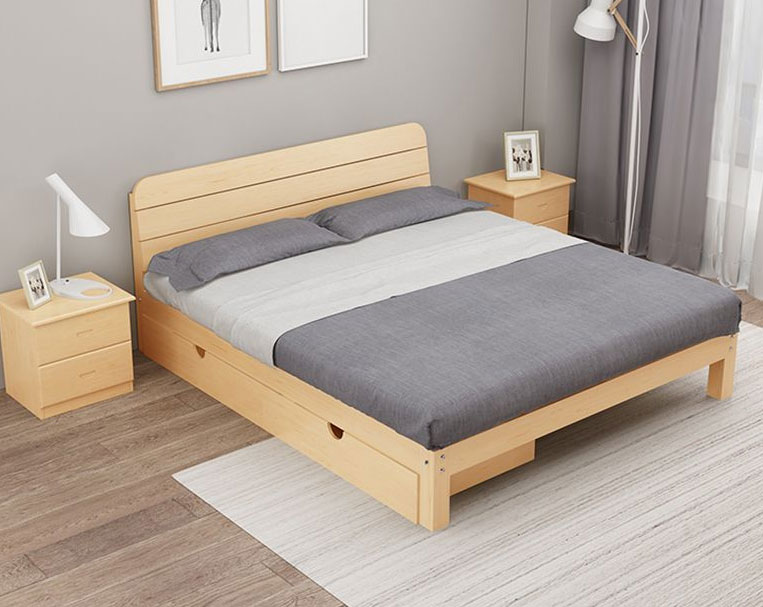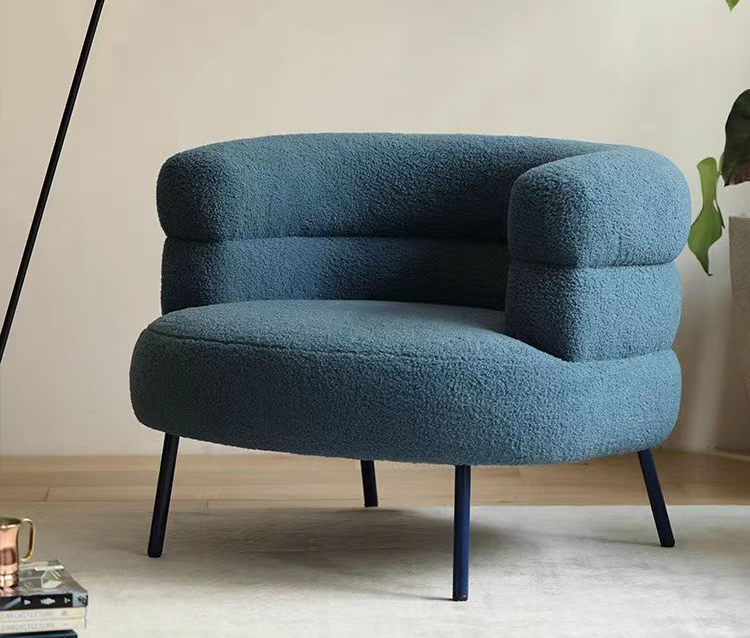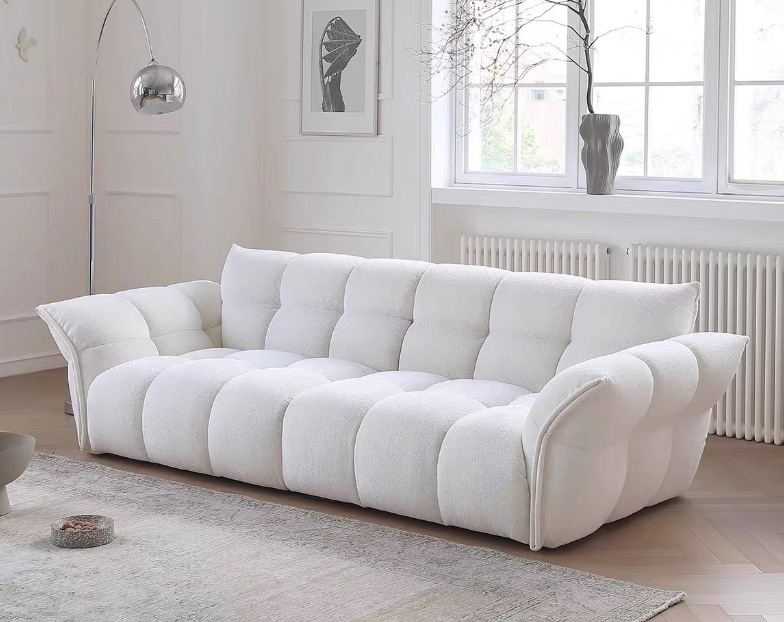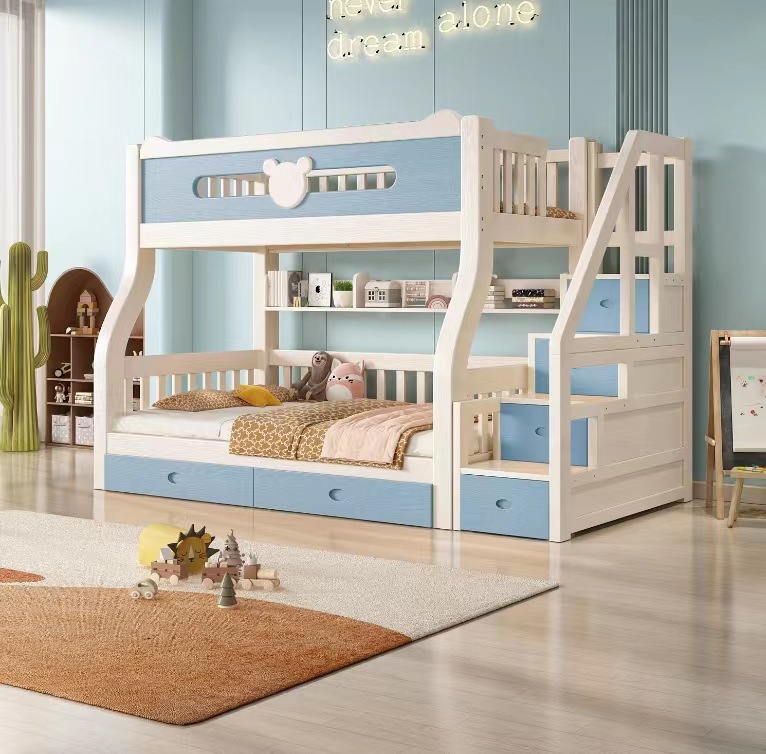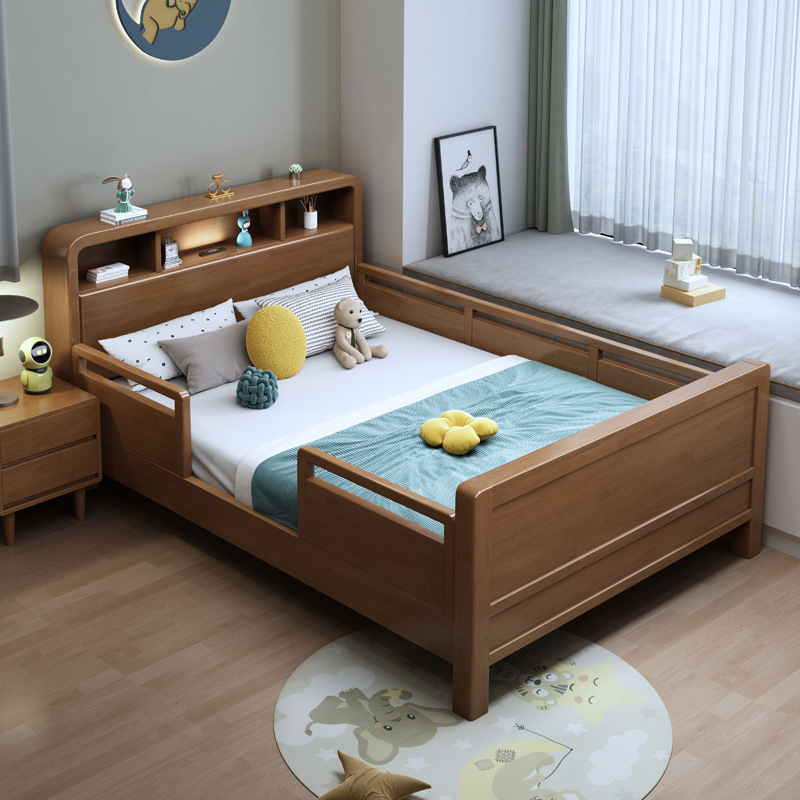Evolution of woodworking machinery: Driving the technological revolution in the furniture industry
In the modern furniture industry, the evolution of woodworking machinery has become a key force driving the technological revolution. With the continuous progress and innovation of science and technology, woodworking machinery is undergoing a great transformation from traditional hand tools to highly automated and intelligent equipment.
The evolution of woodworking machinery has brought about many important changes. First, it greatly improves production efficiency, allowing furniture manufacturing to be completed faster and more accurately. Advanced woodworking machinery equipment, such as CNC machine tools, automated production lines and intelligent robots, can complete complex processing tasks in a short time, reduce the time and error of manual operation, and improve the quality and consistency of products.
Secondly, the evolution of woodworking machinery has promoted design innovation. New technologies allow furniture designers to express their creativity more freely and realize a variety of unique design concepts. For example, 3D printing technology can quickly produce prototypes, allowing designers to verify and improve designs instantly, accelerating time to market.
In addition, the intelligence and automation of woodworking machinery also improve the working environment and safety. Traditional woodworking may involve high labor intensity and dangerous operations, but the advent of modern machinery has reduced the physical burden on workers while improving workplace safety. This is not only good for the health of workers, but also helps to improve the sustainability of the entire production process.
However, the evolution of woodworking machinery has also brought some challenges. High equipment investment costs may be a constraint for some small furniture companies. In addition, the rapid development of technology requires workers to constantly learn and update their skills to adapt to new operational and maintenance requirements.
In order to take full advantage of the opportunities presented by the evolution of woodworking machinery, the furniture industry needs to strengthen technical training and education to ensure that workers are equipped to operate and manage advanced equipment. At the same time, cooperation and knowledge sharing within the industry will also promote the popularization of technology and the development of innovation.
In general, the evolution of woodworking machinery is an integral part of the furniture industry. It drives productivity improvements, design innovations and improvements in the working environment. With the continuous progress of technology, we can expect to see more advanced woodworking machinery and equipment emerging, bringing more possibilities and development opportunities for the furniture industry. This will not only change our living Spaces, but will also set new standards for furniture manufacturing in the future.
In today's competitive furniture market, companies need to continuously improve production efficiency to meet customer demands for high quality and fast delivery. Innovative woodworking machinery has become a key factor in achieving this goal.
First of all, innovative woodworking machinery can greatly increase the speed of production. Modern woodworking machinery uses advanced technology and design to complete various processing tasks faster, such as sawing, drilling, milling and so on. This not only reduces production time, but also increases production, enabling companies to take on more orders.
Secondly, innovative woodworking machinery can improve processing accuracy. Precise machining is the key to making high quality furniture. The new machinery is equipped with high-precision sensors and control systems to ensure that the size and shape of each component is in line with the design requirements. This can reduce the rejection rate, improve product quality, enhance the competitiveness of enterprises.
In addition, innovative woodworking machinery can also reduce labor costs. Some automated woodworking machines can complete tasks that would otherwise require manual operation, thus reducing the reliance on manual work. This not only saves human resources, but also reduces labor intensity and improves work efficiency. At the same time, automated equipment can also better ensure the safety of employees.
In order to give full play to the advantages of innovative woodworking machinery, enterprises need to pay attention to the selection and maintenance of equipment. When choosing woodworking machinery, it is necessary to consider the performance, quality and applicability of the equipment to ensure that it can meet the production needs of the enterprise. In addition, regular maintenance and maintenance is also the key to ensure the normal operation of the equipment and extend the service life.
In short, innovative woodworking machinery is the key to improve the efficiency of furniture production. Enterprises should actively introduce advanced equipment, and optimize and adjust according to their actual situation, in order to achieve more efficient and better quality furniture production. Only by constantly innovating and upgrading equipment can we stand out in the market, meet the needs of customers and achieve greater success.
In today's era of globalization, national boundaries are no longer a barrier to business growth. The furniture industry is no exception and is facing broad international opportunities. With the advancement of technology and the opening of the market, furniture companies have the opportunity to cross national borders and expand overseas markets to achieve greater growth and success.
Exploring international opportunities brings multiple benefits to the furniture industry. First, it provides a broader market for businesses, allowing them to reach consumers around the globe. Different countries and regions have different cultures and lifestyles, which provide rich inspiration for furniture design and innovation. By meeting the needs of different markets, enterprises can expand the scale of sales and improve profits.
Secondly, international cooperation and exchange have brought technological and design innovations to the furniture industry. Working with international partners, companies can share the latest technologies, materials and design concepts to accelerate product development and upgrading. In addition, by participating in international exhibitions and events, furniture companies can showcase their brands, establish contacts with international buyers, understand industry trends, and further enhance their competitiveness.
However, to successfully break national boundaries, furniture companies need to overcome some challenges. Language and cultural differences can affect market entry and communication. It is essential to understand the consumer needs, preferences and market rules of different countries. In addition, international trade policies, laws and regulations and logistics also need to be deeply studied and adapted.
In order to better grasp international opportunities, furniture companies can adopt a series of strategies. First of all, strengthen the market research, in-depth understanding of the needs and trends of the target market, in order to design and promote products. Secondly, establish international partnerships and cooperate with local enterprises to jointly explore the market. In addition, it pays attention to brand building and product quality to enhance its visibility and reputation in the international market.
Governments and industry organizations can also play an important role in supporting the internationalization of furniture companies. They can provide training and resources to help businesses understand international markets and trade rules. At the same time, promote international cooperation and exchanges, build a platform, so that furniture companies have more opportunities to display and promote their products.
Breaking borders and exploring international opportunities in the furniture industry is a challenging but also promising journey. By actively adapting to market demand and strengthening international cooperation, furniture companies can show their strength on the global stage and achieve sustainable development. Such exploration not only contributes to the growth of enterprises, but also brings more high-quality furniture choices to global consumers, and jointly promotes the prosperity of the industry.














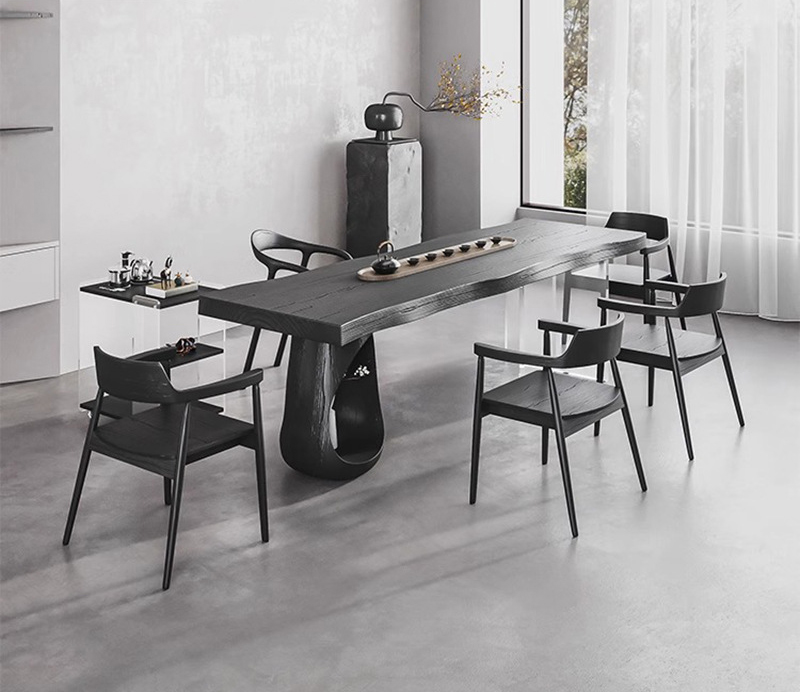



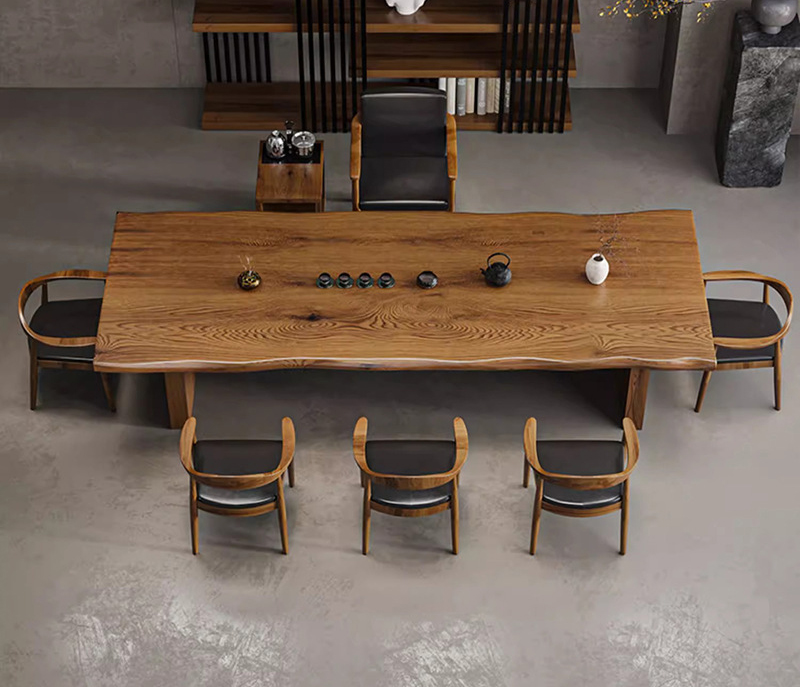

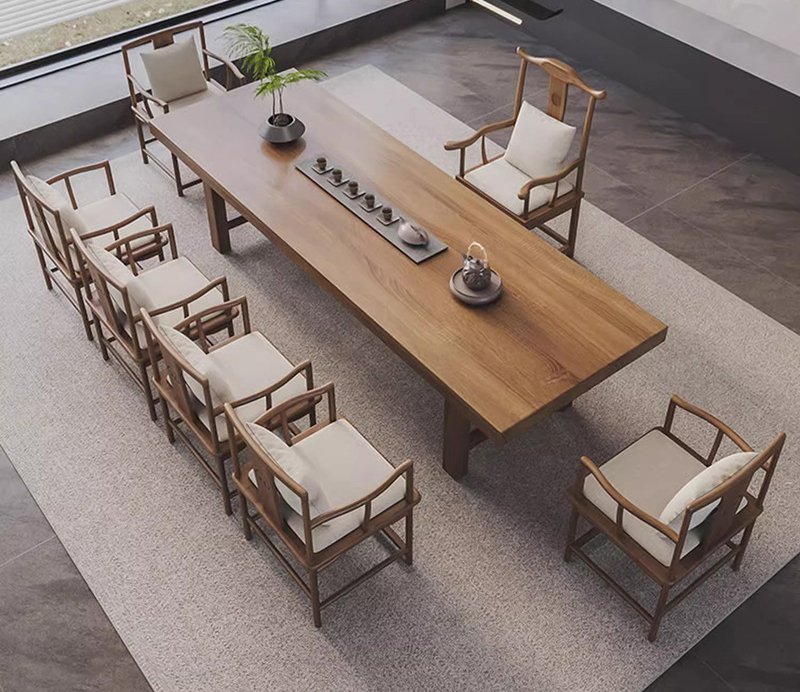
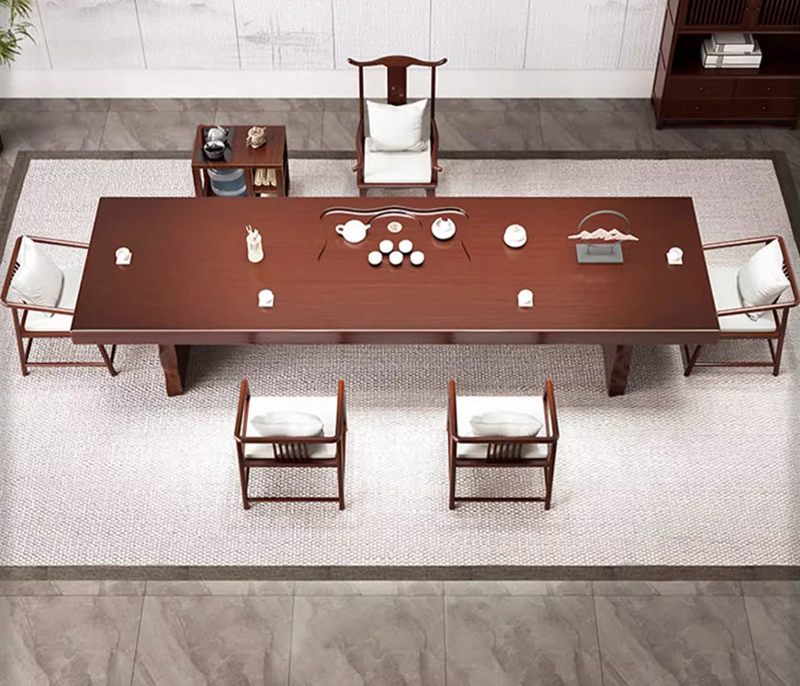








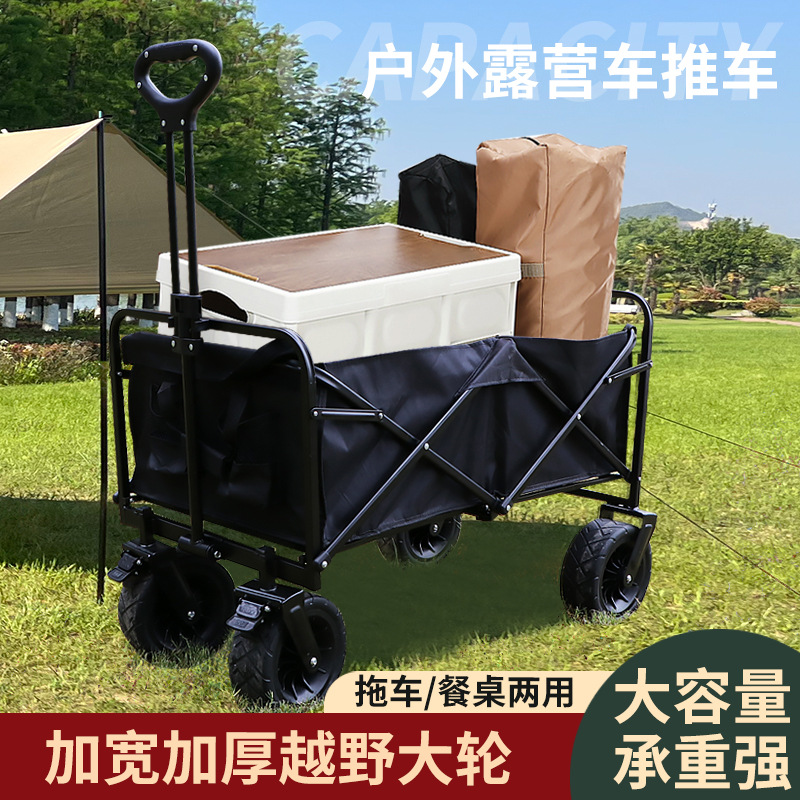


![[Fashion choice, new office fashion] -- network celebrity boss table [Fashion choice, new office fashion] -- network celebrity boss table](/upload/news/2024-01/65b30849d1bf3.jpg)
